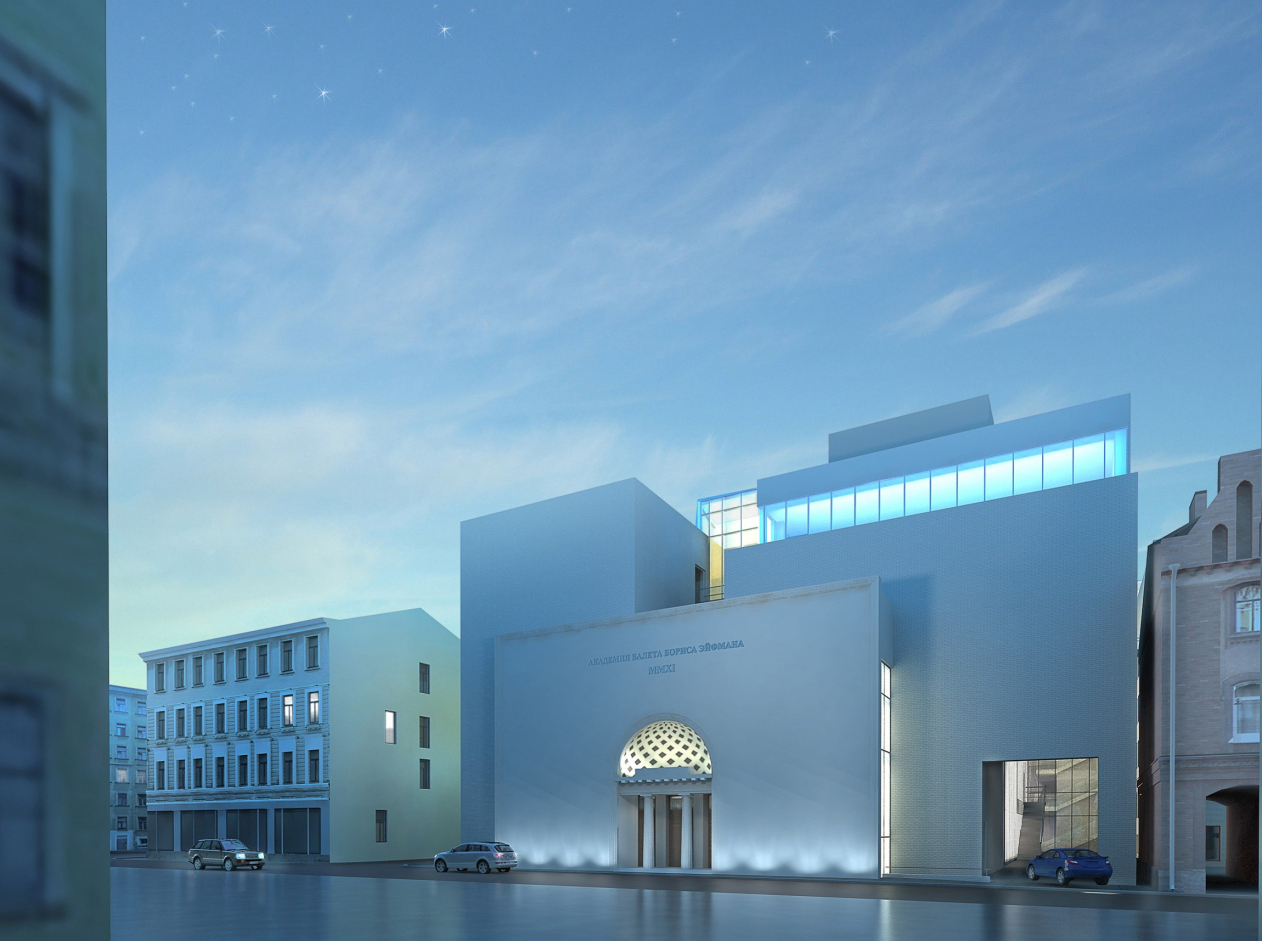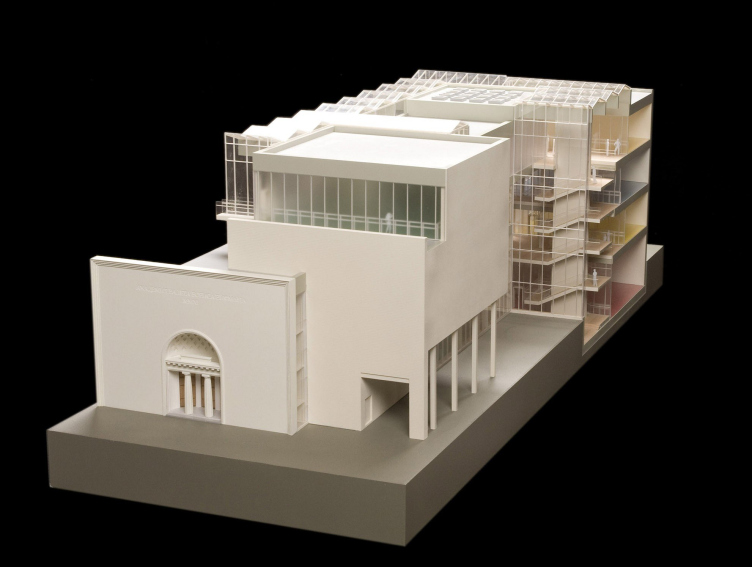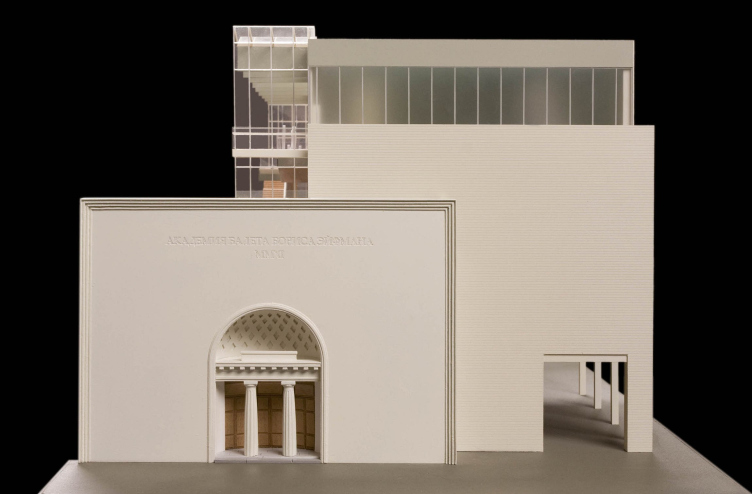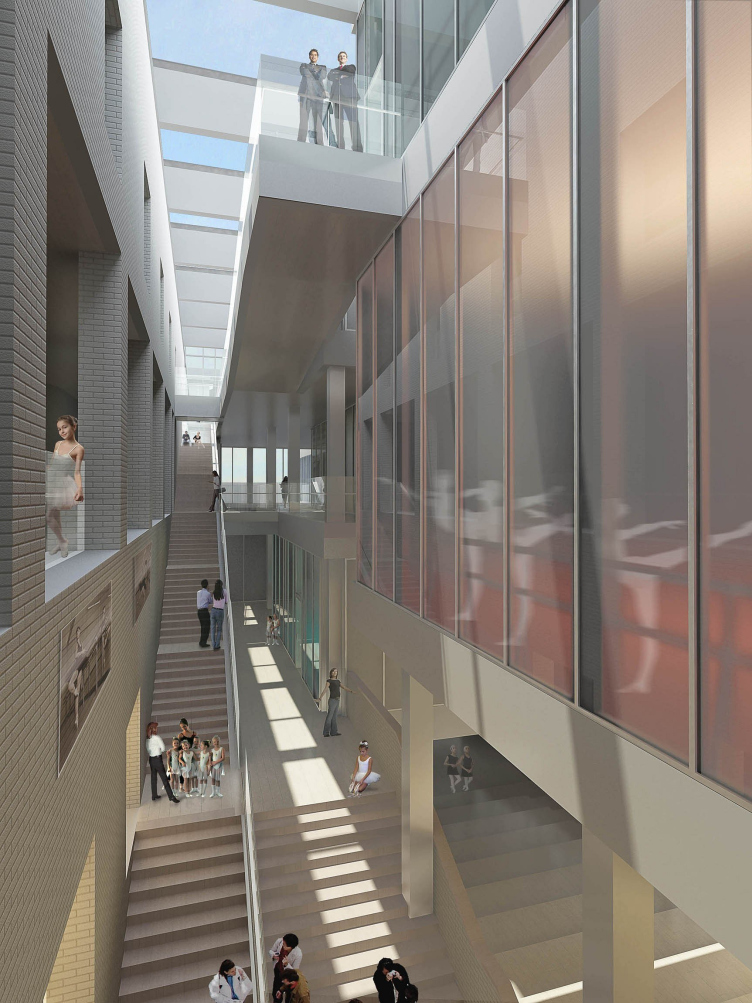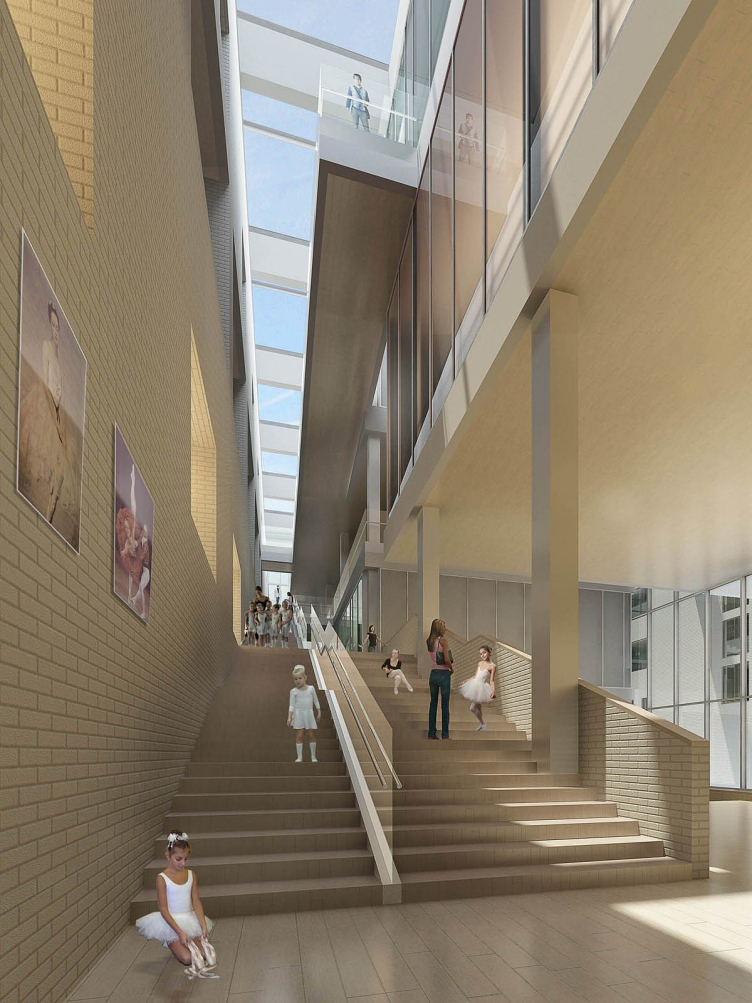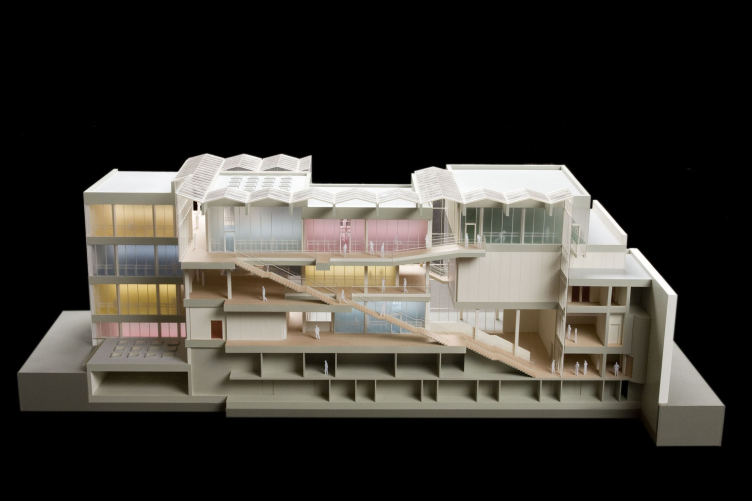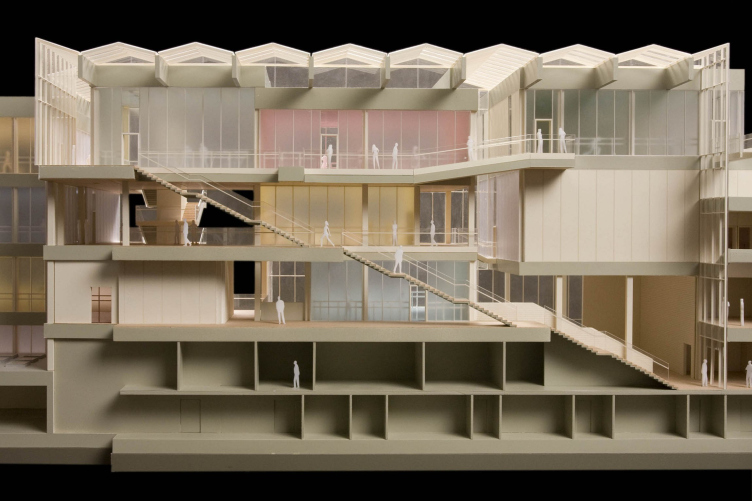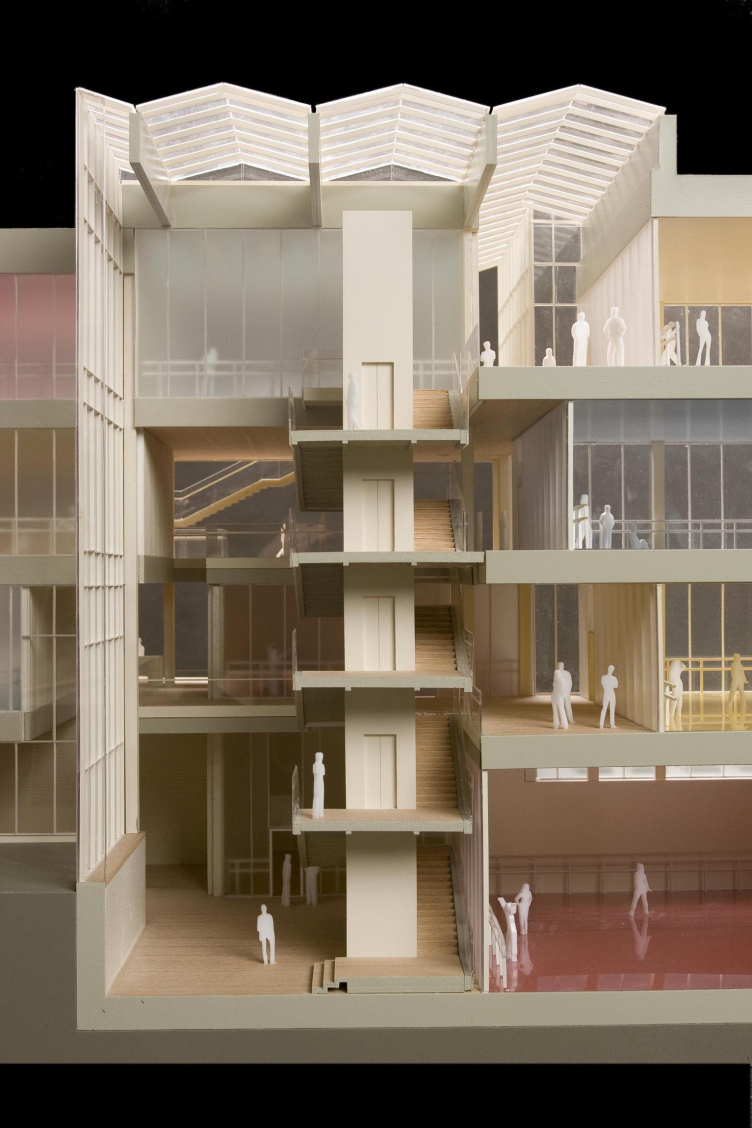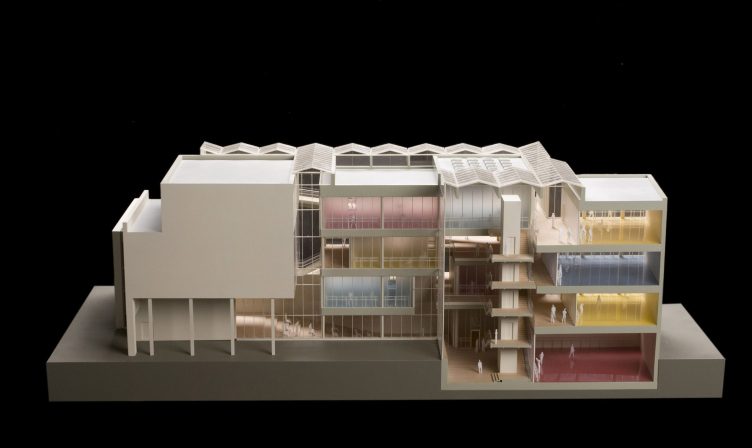The colors of dance
Today in Saint Petersburg there are being realized two architectural projects related Boris Eifman, the world-known choreographer. The Dutch UN Studio is designing a theatre for his troupe within the “European Embankment” city block, and in Lisa Chaikina street everything is ready for construction the Dance Academy, designed by “Studio 44” architectural studio.
